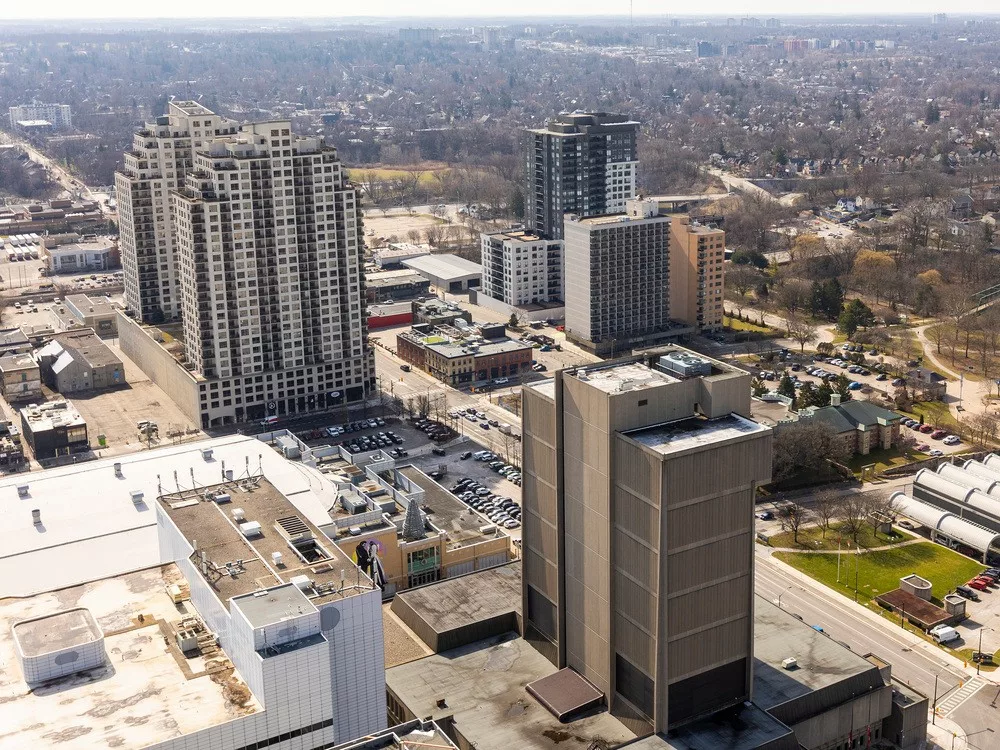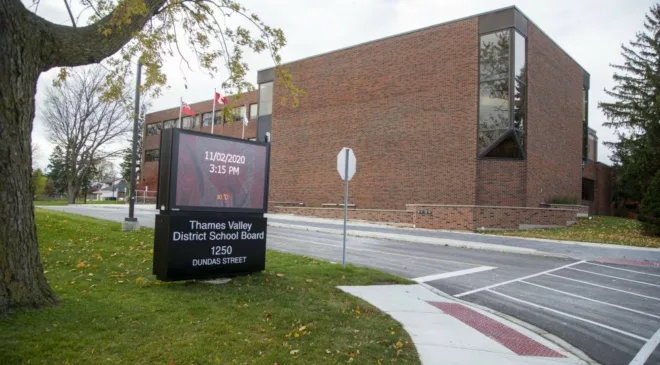
London city council’s latest budget will add hundreds of dollars to most property tax bills in 2024.
Article content
Property taxes are skyrocketing. London city council’s latest budget will add hundreds of dollars to most property tax bills in 2024 alone.
If we don’t want to keep paying more every year, we need to tell our politicians to target some of the budget’s most expensive items: the relentless expansion of roads and maintenance driven by boundary growth.
In the middle of a housing crisis unlikely to ease as the population grows, we need to support the city’s blueprint for future – the London Plan – which focuses on developing thousands of new homes in established neighbourhoods served by streets, transit and schools.
Advertisement 2
Story continues below
Article content
It has been the city’s master plan for new development since 2016. It guides big policy decisions, like council’s recent vote to set London’s “mode-share target” at 32.5 per cent.
Mode share is the percentage of travelers using a particular type of transportation. London’s target means infrastructure plans must be built to ensure a third of the city’s trips can be completed by walking, cycling or public transit.
Ambitious mode-share targets fit well with infill plans because both aim to cut down on car use, lower emissions and make urban areas more livable.
And they save taxpayers money.
“More dense cities are more tax effective,” Western University urban politics professor Martin Horak said. “It does cost money to shift to a denser city, because you have to invest in new kinds of infrastructure, but once you get there, there are payoffs, since cities that are denser spend less on infrastructure per person than cities that are less dense.”
Of course, there are challenges. For instance, existing infrastructure doesn’t always have the capacity to serve proposed development projects, like apartment towers.
Advertisement 3
Story continues below
Article content
Recommended from Editorial
Deputy Mayor Shawn Lewis is calling for a review of the plan, saying London’s population and housing situations have changed drastically in the eight years since it was adopted.
This is where we come in. Politicians need to know their community wants to overcome those challenges without dropping the vision. We can find solutions to help manage the housing shortage and beat back tax hikes by building in established neighbourhoods.
Other cities are doing it. Take Hamilton, which is facing a similar population surge to London’s projected growth of 250,000 people by 2025. Hamilton council decided in 2021 to slow down on expansion projects and focus on accommodating growth in existing neighborhoods.
The same year, a study for the City of Ottawa found infill homes are more economical for municipalities than new subdivisions. Those findings make clear that although the purchase price of homes in new subdivisions typically includes development infrastructure costs, continuing services, such as road maintenance, to those homes add to the tax burden of the municipality.
Advertisement 4
Story continues below
Article content
According to numbers I received from the city’s finance department, it costs bout $8,700 a kilometre annually to maintain London’s 3,800 kilometers of streets. That’s about $33 million each year just to keep the status quo. More roads will cost taxpayers more.
City hall gets this and so does council, for the most part. They are focused on density and on increasing alternative transportation options. But whenever they try to put their money where their mouth is — whether it be through an infill development, new bike lanes or more spending on transit — the naysayers come out.
“Yes, but you can only cycle seven months of the year.”
“The bus doesn’t come frequently enough.”
“Not in my backyard.”
It’s time to rethink our approach to road infrastructure, champion building for density, not sprawl, and ways to get around that aren’t the family vehicle.
That’s how to get full value for our hard-earned tax dollars.
Like in other cities, it’s taxpayers who need to push politicians to stay true to the vision.
Yes, in our backyard.
Andrew McClenaghan is a life-long Londoner who built a digital agency and owns London Bicycle Cafe.
Article content








Comments